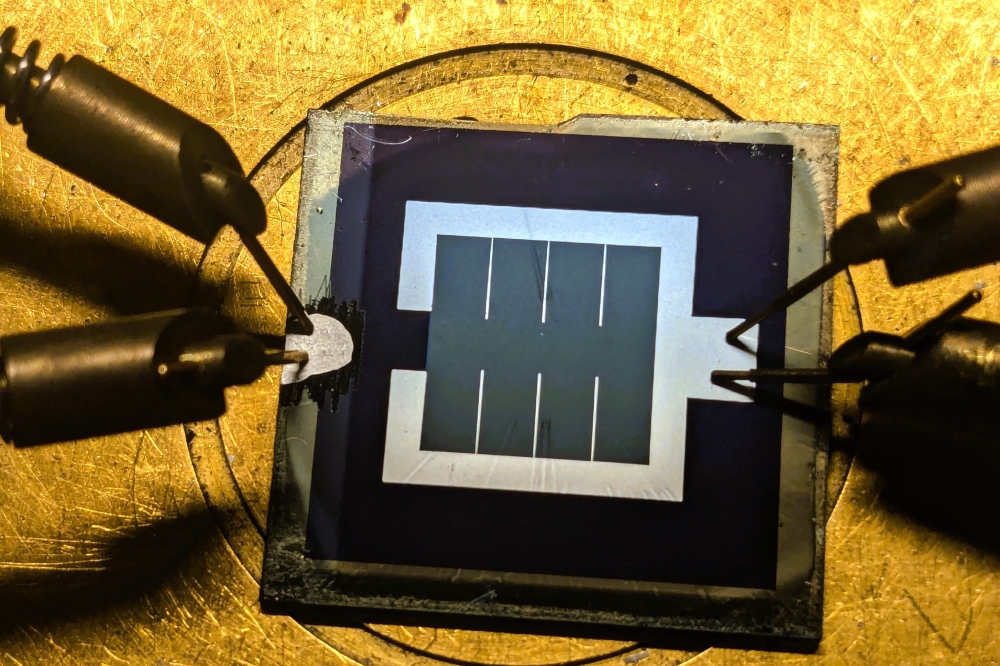SiC comes of age?

After years of doubt and delay, SiC device sales are set to soar. Compound Semiconductor talks to Yole Développement to find out more.
Yole Développement predicts the SiC market to more than treble by 2020.
As Cree delivers 900V SiC MOSFETs, GE releases automotive-qualified SiC MOSFETs and SiC diodes reach myriad markets, industry pundits predict boom time has come for this wide bandgap semiconductor.
In a recent report from France-based Yole Développement, Pierric Gueguen and colleagues, outlined how SiC at last offers added-value compared to existing silicon technologies, following years of doubt and delays.
As the Yole analyst tells Compound Semiconductor: "For the SiC diode, this past year has seen numerous changes. Reliability has evolved and we now have applications where the cost of the SiC diode is no longer an issue."
"The market has plenty of [diode] suppliers, and the device is easy to integrate," he adds. "SiC diodes take almost 80% of the overall market for SiC devices and we are confident that we will see more growth."
Indeed, Yole expects the total SiC market for both diodes and transistors to treble by 2020, reaching a hefty US$436 million. For now, the SiC diode has most medium voltage markets covered, including PV inverters, motor control, electric and hybrid electric vehicles, and uninterruptible power supplies.
And while the diode is expected to remain the SiC device of choice to 2020, the electric and hybrid electric vehicle market holds the most promise for both the diode and transistor.
Automotive companies, across the board, have already invested heavily in wide band gap materials research, which Gueguen reckons can only trigger business opportunities.
Indeed, manufacturers have already integrated SiC diodes into electric vehicle chargers with power factor corrector topologies, and will continue to do so.
Meanwhile further device development should soon see both diodes and transistors in SiC converters, for electric power train inverters.
"We have SiC diodes that are automotive-compliant and companies such as Toyota are pushing transistor [integration] to take full benefit of SiC capabilities at the converter level," says Gueguen.
![]() Infineon and Cree are the lead players, by a long-shot, in the SiC market.
Infineon and Cree are the lead players, by a long-shot, in the SiC market.
Without a doubt, Japan-based Toyota, has driven SiC device adoption to date. Earlier this year, the automotive heavyweight started trialling diodes and transistors in its Camry hybrid prototype and fuel cell bus, after declaring some 20% of hybrid electric vehicle electrical power losses come from power semiconductors.
The company already confirms a 5% increase in fuel efficiency, and as Gueguen highlights: "This trial is a success. Toyota definitely wants to integrate SiC and is now solving [transistor] integration issues before launching [these devices] in a car."
Indeed, mass produced SiC inverters are expected to emerge around 2020, after Toyota and most other automotive manufacturers have finished qualifying such systems, and ensured suppliers can provide devices at mass volumes.
Device leaders
But who are the key suppliers right now? According to Yole, industry ringleaders Infineon and Cree -with its new RF and power arm, Wolfspeed - have a majority market-share of some 68%.
What's more Cree's recent acquisition of power module and electronics applications pioneer, APEI, is expected to have a profound impact on SiC markets. Together, the companies now intend to target the industry issues of integrating SiC devices into power modules and converters, while providing packaging specifically designed for these SiC systems.
"Cree has said in the past that you have these state-of-the-art power devices within thirty year old packages that just can't capture all of silicon carbide's benefits," highlights Gueguen. "But now the company is more able to provide an entire solution, rather than just the power device."
"Infineon already has the required background to develop dedicated power modules for its power devices, and now Cree is developing its power business supply chain as it did for its LED business," he adds
But while the latest moves are set to accelerate the rate of SiC adoption, the big two are not expected to retain such strong market dominance in the future. As Gueguen predicts: "Infineon and Cree have the large amount of market share as they were first to the market. But Rohm, STMicroelectronics and such companies are now going to capture more and more market-share."


































